Trajan, reigning from 98 to 117 CE, stands as the Roman Empire’s last great conqueror, whose Dacian and Parthian campaigns briefly pushed Rome to its maximum territorial extent while earning him the unique honorific Optimus Princeps from the Senate. His combination of aggressive frontier warfare, deliberate provincialization, and audacious engineering—epitomized by the Danube bridge—made his reign a military and imperial apex that later emperors consolidated but did not surpass.
The soldier-emperor
Trajan’s reputation rests on being both a capable general and a consensual autocrat, a ruler whose military victories were matched by political moderation that persuaded the Senate to grant him the title Optimus, “the best.” His reign culminated in unprecedented territorial expansion, with the empire reaching its widest boundaries around the time of his death in 117 CE.
Why this was the apex
Two decisive wars against Dacia (101–102 and 105–106) brought a hostile power under Roman control and opened rich mining districts to exploitation, securing strategic depth and funds for the imperial war machine. A bold eastern offensive then annexed Armenia and Mesopotamia and momentarily carried Roman arms to Ctesiphon and the Persian Gulf, marking the high-water mark of Roman expansionism. The Senate’s conferral of Optimus Princeps formalized Trajan’s stature as the model emperor amid this apex of power.
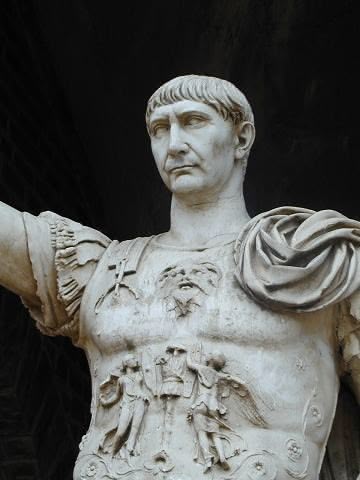
Dacia: strategic context
Dacia under King Decebalus had checked Roman advances under Domitian and threatened the Danubian frontier, making renewed conquest central to Trajan’s early agenda. By crushing Decebalus and reorganizing the region as a Roman province, Trajan removed a persistent adversary and secured the Lower Danube.
First Dacian War (101–102)
Trajan launched operations along the Danube, forcing Decebalus to capitulate on terms after hard fighting in the Carpathian theater. Although the first conflict imposed constraints on Dacia, the peace proved unstable and set the stage for a decisive return.
Second Dacian War (105–106)
Trajan’s second campaign culminated in the capture of Sarmizegethusa and the suicide of Decebalus, enabling full annexation. The province of Dacia was established north of the Danube within the arc of the Carpathians, consolidating Roman control and integrating resources into the imperial economy.
Aftermath and provincialization
The new Dacian province supplied land for settlers and access to gold, silver, and salt, underwriting both frontier security and public works in Italy and the provinces. Postwar commemoration on Trajan’s Column framed Dacia as a paradigmatic Roman war of conquest, logistics, and engineering.

Dacian spoils and gold
Modern research values the 106 CE spoils at approximately 165.5 tons of gold and 331 tons of silver, illustrating the fiscal magnitude of the conquest. This inflow complemented ongoing extraction from the province’s mines, which Roman engineers developed intensively in the occupation period.
Debates and corroboration
Scholarly debate persists over ancient figures attributed to Decebalus’s treasure, but moderated modern estimates converge near the 165.5-ton range for gold with substantial silver. Whatever the exact quantities, both ancient and modern analyses agree that Dacia materially strengthened the imperial treasury and fueled large-scale state building.
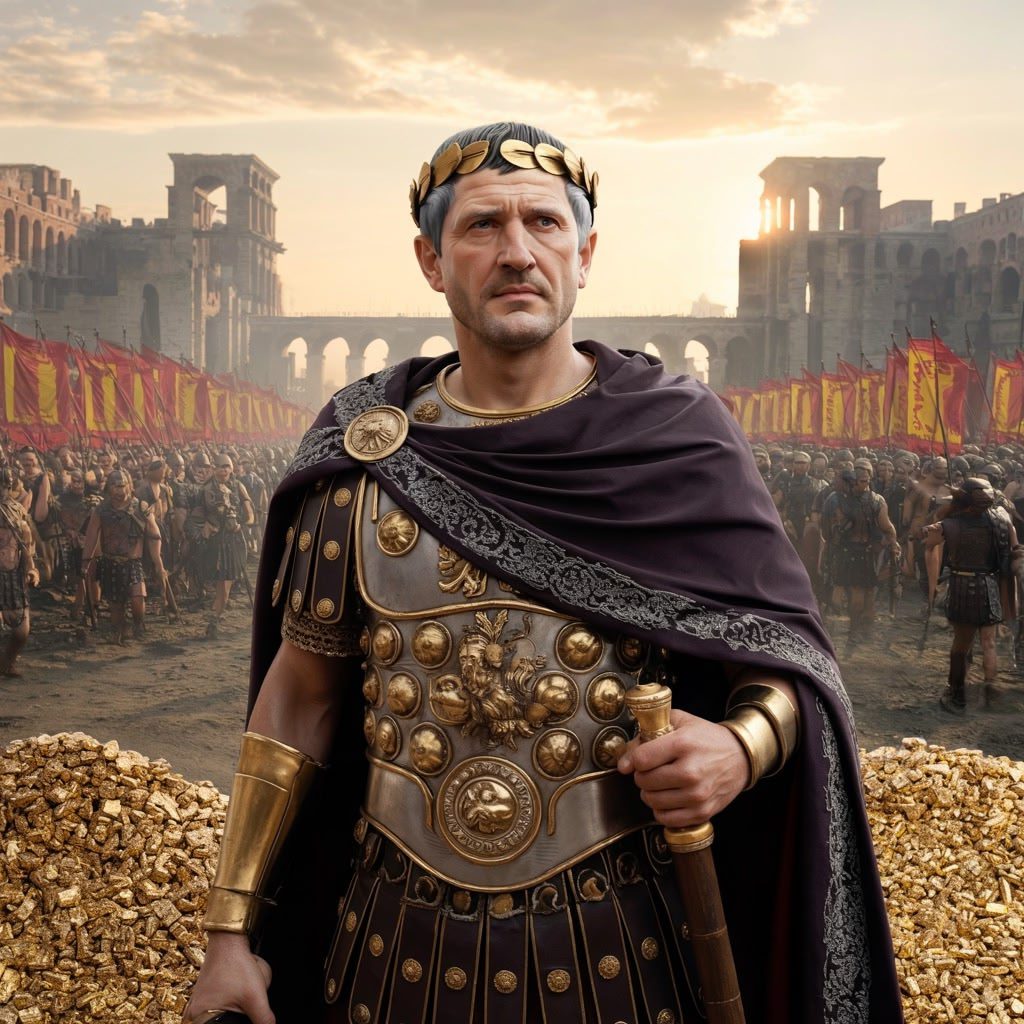
Engineering the Danube crossing
Trajan’s bridge across the lower Danube, designed by Apollodorus of Damascus, was a segmental-arch timber superstructure on masonry piers and was celebrated as a triumph of Roman engineering. Its spans, memorialized on Trajan’s Column, were the largest of their kind for more than a millennium, facilitating the movement and supply of heavy forces into the Dacian theater.
Design and innovation
Apollodorus used wooden arches resting on twenty stone piers, a configuration that combined speed of assembly with durability across a wide fluvial channel. Contemporary and later notices highlight both the bridge’s extraordinary length and its decisive military purpose in the 105–106 operations.
Strategic utility
The bridge secured rapid reinforcement, ensured reliable logistics, and projected Roman military power across a difficult riverine frontier. Even after its demolition in the third century, its operational legacy informed later Roman bridge-building and frontier strategy.
Force structure and new legions
Trajan raised new legions to sustain expanded operations, notably II Traiana Fortis and XXX Ulpia Victrix, which became pillars of imperial deployment in the east and along the Danube. The creation and disposition of these units signaled a structural expansion of Roman military capacity beyond the Flavian baseline.
Legio II Traiana Fortis
Raised by Trajan, II Traiana Fortis is attested from 108 and later stationed in Egypt, reflecting the enduring administrative and strategic footprint of Trajanic force expansion. Its foundation is connected to Dacian operations and the stabilization of the eastern provinces in subsequent decades.
Legio XXX Ulpia Victrix
XXX Ulpia Victrix, also raised under Trajan, paired with II Traiana Fortis as a symbol of the enlarged legions roster necessitated by sustained offensive war and new provincial frontiers. Ancient and modern testimony agree that these formations were part of Trajan’s systematic build-up for the Dacian Wars.
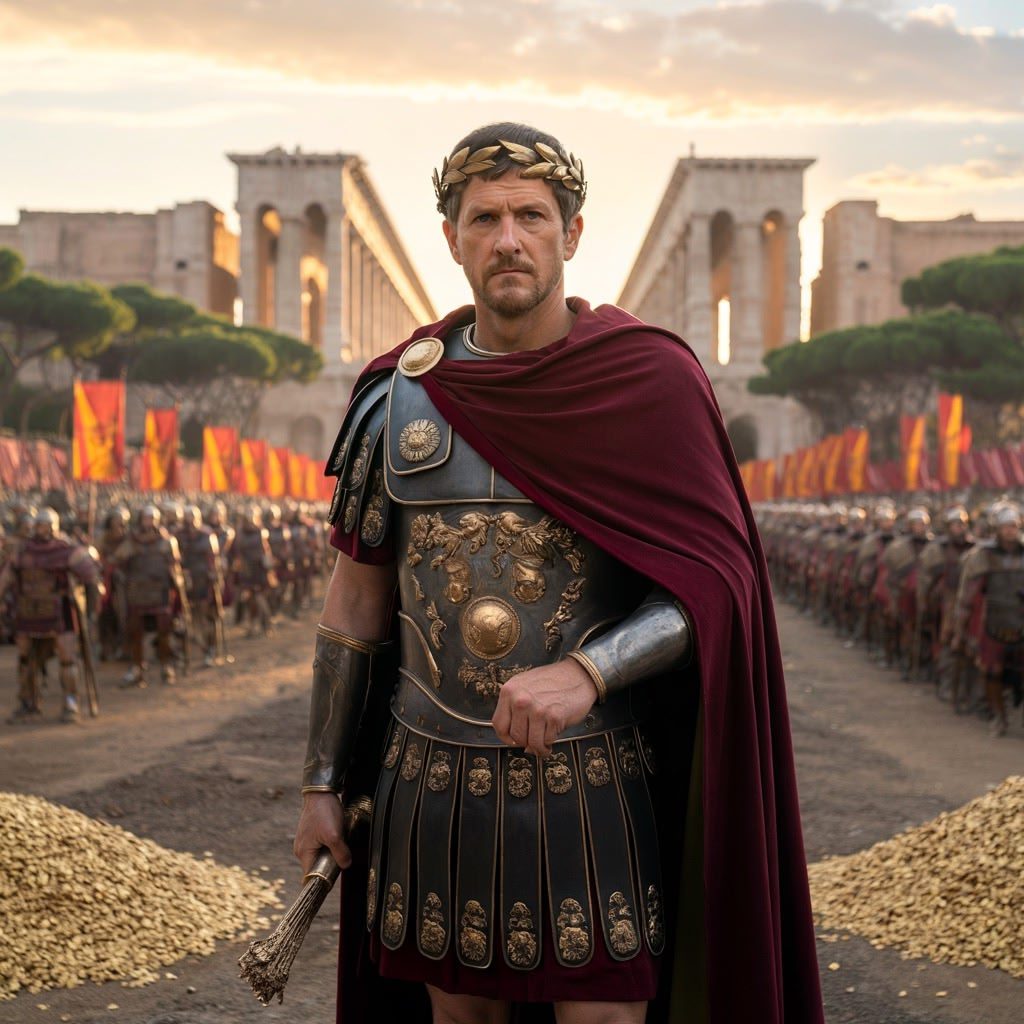
Parthian grand strategy
Trajan broke with the Augustan norm of avoiding permanent expansion beyond defensible lines by annexing Armenia and Mesopotamia, a deliberate recalibration of eastern strategy. This policy shift aimed to transform the perennial Armenian buffer into a Roman province and to secure the Tigris–Euphrates corridor for imperial logistics and prestige.
Annexing Armenia and Mesopotamia
In 114, Armenia was invaded and annexed after the deposition of the Parthian-installed Parthamasiris, while in 115–116 northern Mesopotamia was provincialized. Coins and official titulature marked these incorporations, signaling Rome’s assertion of direct sovereignty east of the Euphrates.
Ctesiphon and the Persian Gulf
Trajan advanced down the Tigris to capture Ctesiphon and reached the Persian Gulf, a symbolic climax linking his career to the Alexandrian paradigm of conquest. Despite these triumphs, holding the new provinces proved difficult amid earthquakes, revolts, and overstretched manpower.
Limits and retrenchment
Intense unrest in 116—across the newly conquered territories and in Jewish communities of the eastern provinces—strained imperial resources and compelled operational retrenchment. Trajan’s death in 117, followed by Hadrian’s strategic consolidation, terminated the attempt to hold Armenia and lower Mesopotamia as permanent provinces.
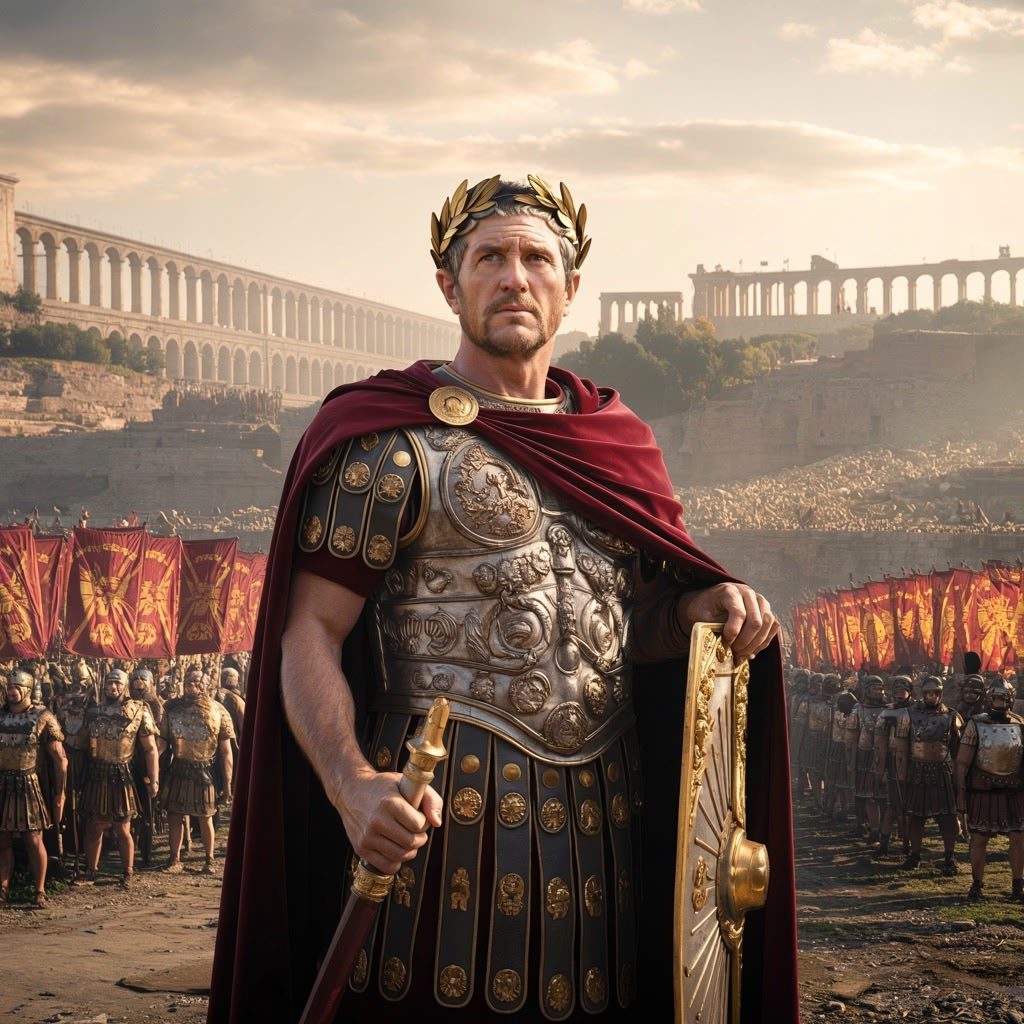
Maximum territorial extent
The empire’s widest extent was achieved under Trajan around 117, reaching approximately 2.3 million square miles across Europe, Asia, and Africa. Debate persists over whether brief Parthian acquisitions in 116 or the administrative snapshot at Trajan’s death best reflects the “maximum,” but Trajan’s reign anchors both interpretations.
Geography of the high-water mark
From Britain in the northwest to Mesopotamia in the east, and from North Africa to the Danubian-Carpathian arc, Roman provincial rule and protectorates formed a continuous imperial zone. Trajan’s conquests in Dacia and the Near East extended logistical lines and administrative burdens even as they advertised Roman reach.
Sustainability and policy response
The very scale of the expansion revealed systemic limits, prompting Hadrian to prioritize defensible frontiers over exposed salient provinces. Subsequent emperors refined a strategy of fortification and selective offensive action rather than the sweeping annexations characteristic of Trajan’s program.

“Optimus Princeps”
Trajan alone received formal recognition as Optimus by the Senate, with the epithet appearing on coins from 105 and entering imperial titulature. Ancient literary framing, notably in the Panegyric tradition, linked the title to a calibrated public persona of moderation and benefaction coupled with military prowess.
Civic image and benefaction
The Optimus Princeps ideal fused martial success with civic generosity, embracing restitutions, alimentary programs, and monumental building as complementary to conquest. In this discourse, Trajan became a measuring rod for subsequent emperors, an exemplar of just dominion through strength.
Memory and exemplarity
By late antiquity and beyond, Trajan’s name functioned as a cultural shorthand for the “good emperor,” reinforcing the political theology that victory and virtue should coincide in the princeps. The title’s exclusivity underscores how rare the conjunction of consensus, conquest, and administration was in Roman political experience.
Bridges and the warfare state
The Danube bridge exemplifies how Roman engineering amplified operational tempo and sustained heavy formations across major water obstacles. Its construction before and during the second Dacian War illustrates a deliberate integration of infrastructure into campaign design.
Apollodorus’s role
Apollodorus of Damascus emerges in textual and visual sources as the indispensable technician of Trajan’s regime, spanning architecture, roads, and military engineering. His authorship of the Danube bridge reflects the court’s capacity to mobilize elite technical expertise for strategic ends.
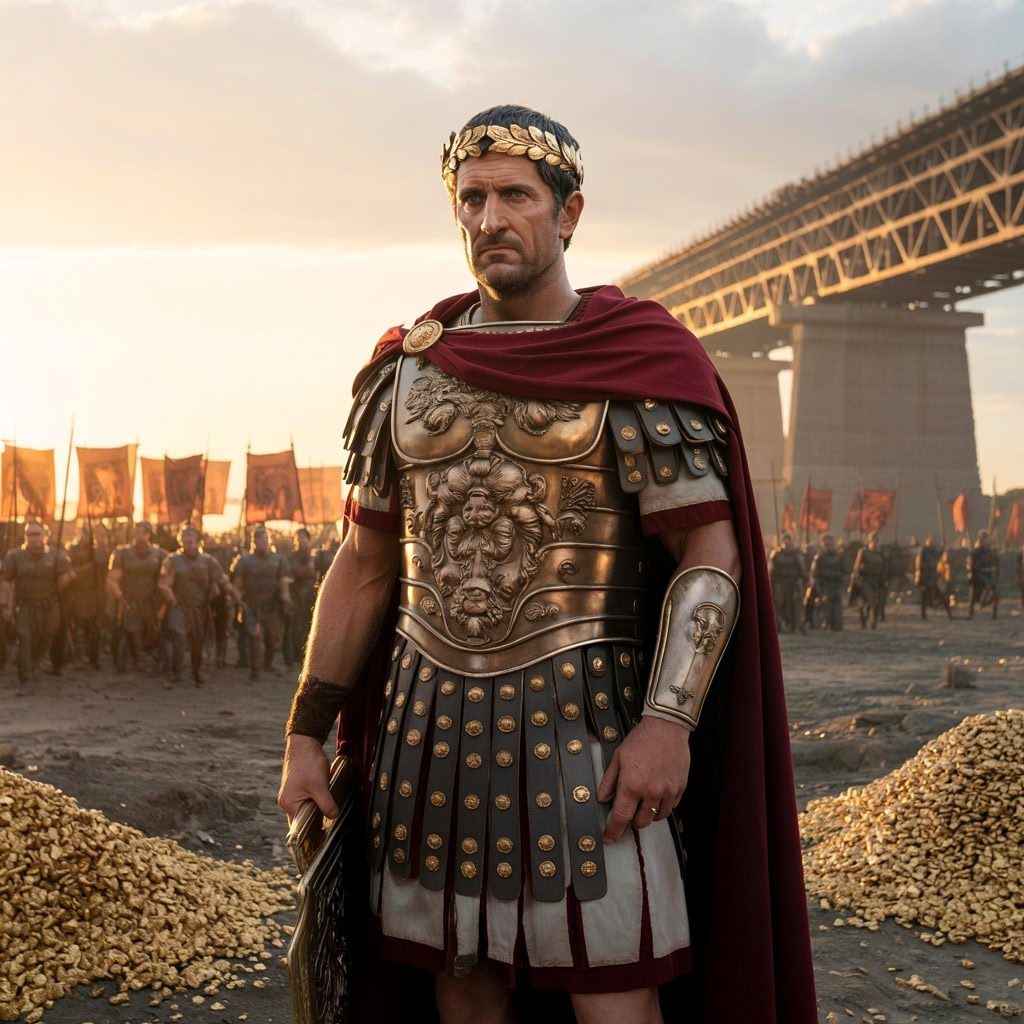
Afterlife of a monument
Although dismantled after the Roman evacuation of Dacia, the bridge’s fame endured through literary references and its depiction on Trajan’s Column. Archaeological traces of its piers attest both to its historical reality and to the ambition of Roman riverine engineering.
Conquest, finance, and administration
The Dacian windfall and subsequent mining operations strengthened the fiscus and enabled grand expenditures in Rome and the provinces. This war-finance nexus bound victory, public works, and political legitimacy into a single imperial narrative during Trajan’s reign.
Mines and extraction regimes
Roman administrators imported advanced techniques from Hispania and Britannia to intensify extraction in the Apuseni region during occupation. The resulting flows of bullion and coinage underwrote both ongoing military commitments and civic largesse.
Congiaria and celebrations
Commemorative distributions and festivals celebrated the Dacian victory, embedding conquest in the social economy of Rome’s urban populace. Such practices aligned with Optimus Princeps ideology, translating battlefield success into metropolitan consensus.
Military system under strain
Even as Roman forces achieved dramatic advances, the Parthian theater revealed the limits of manpower and the risks of overextension. Revolts and seismic disasters compounded the logistical difficulties of holding newly annexed provinces across vast distances.
Operational art and logistics
Trajan’s campaigns displayed sophisticated coordination—riverine movement, road-building, and fortification—but sustained garrisons over the Tigris–Euphrates posed enduring burdens. The mixed outcomes underscore how Roman excellence in siegecraft and mobility could be offset by the politics of occupation.
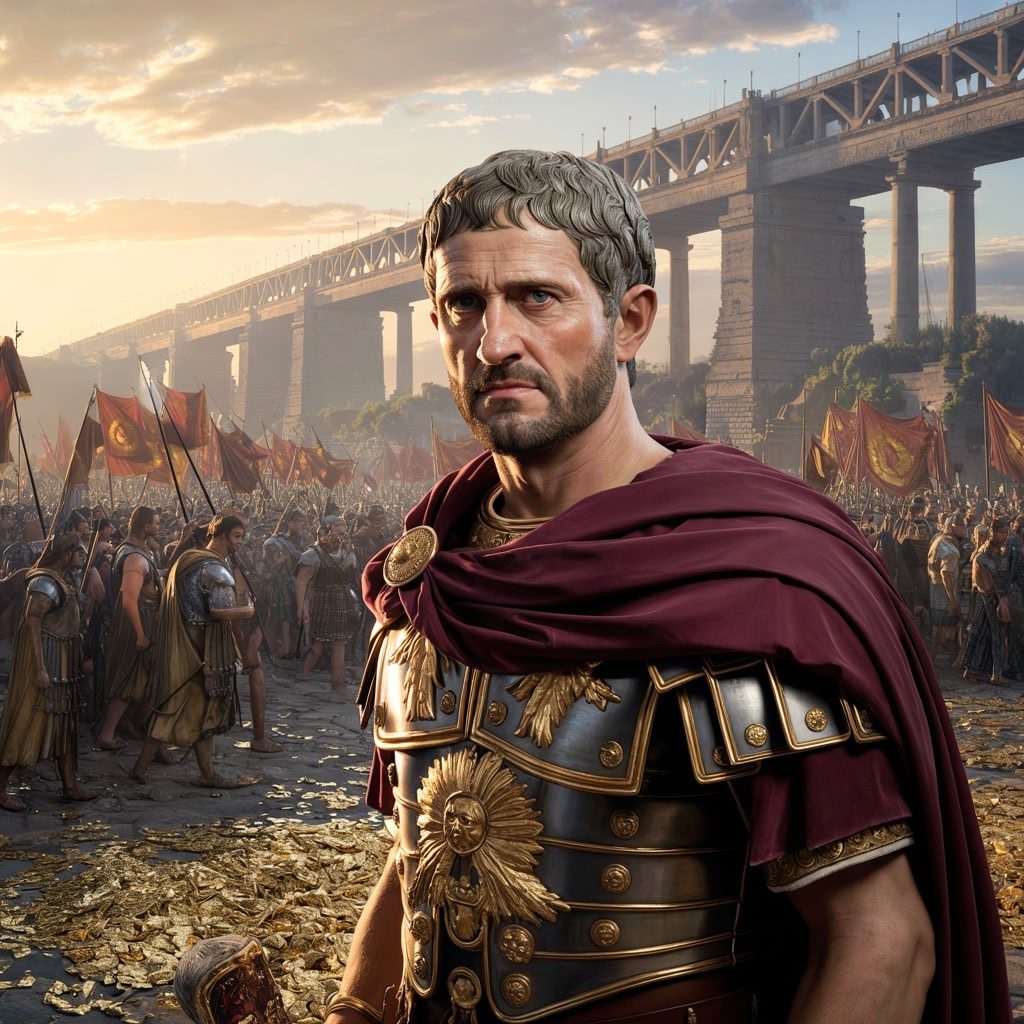
Frontier security trade-offs
Dacia’s integration improved Danubian security but required persistent troop commitments, while the eastern conquests proved transient under immediate successor policy. The empire’s strategic center of gravity increasingly favored consolidation over expansive annexations after 117.
The last great conqueror
Following Trajan, Rome produced administrators and fortifier-emperors rather than conqueror-emperors, with Hadrian, Antoninus Pius, and Marcus Aurelius emphasizing defense and internal governance. Later attempts at large-scale eastern conquest never matched the scale or speed of Trajan’s annexations, confirming his singular status in the annals of Roman imperial warfare.
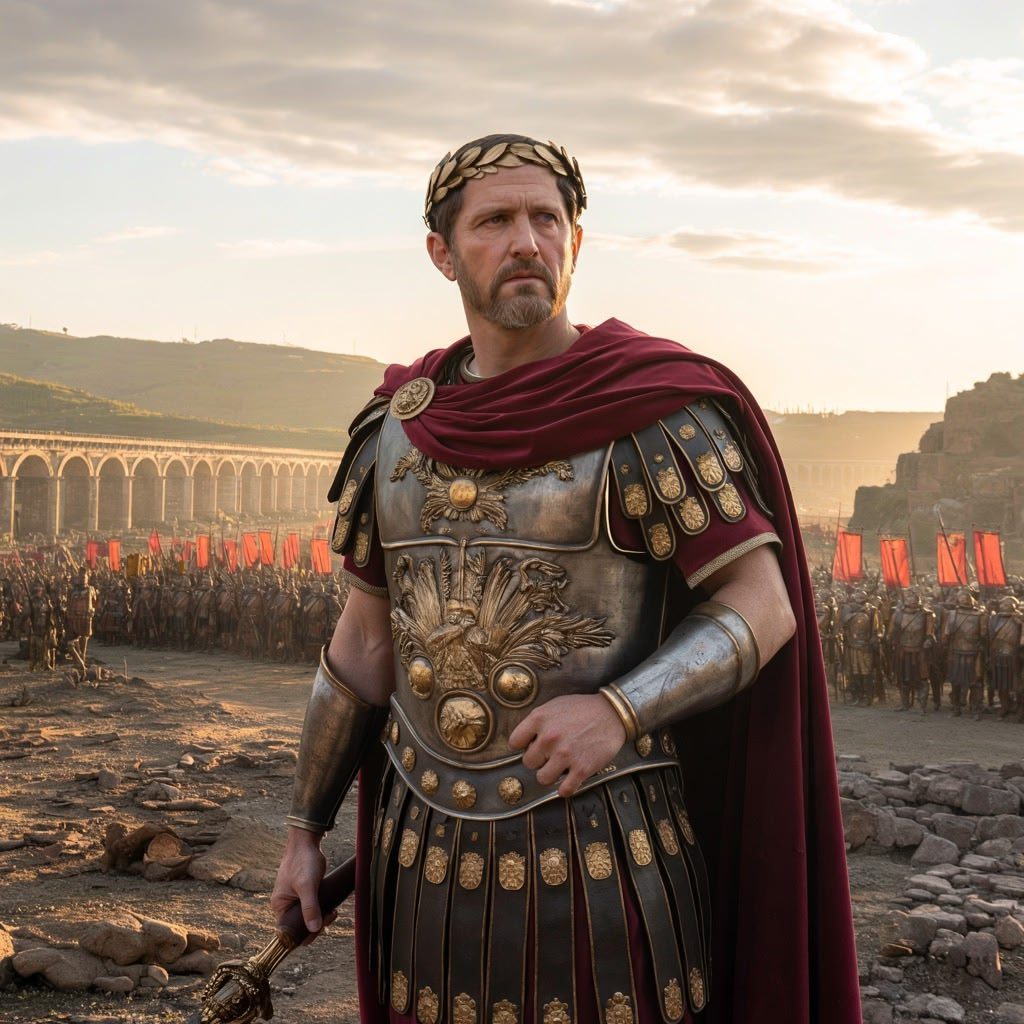
Comparative perspective
Where Augustus stabilized and Claudius and Vespasian selectively expanded, Trajan uniquely combined aggressive campaigns on two major fronts with enduring infrastructural legacies. His program’s scope, from Dacia’s full annexation to the capture of Ctesiphon, remained unmatched in the principate.
Legacy and judgment
Modern assessments vary on whether Trajan’s eastern ambitions were strategically sound, but all concur that his reign set the outer bounds of what Roman arms could achieve. The Optimus Princeps ideal—warrior, builder, benefactor—became the standard against which imperial virtue and success were measured.
Key achievements summarized
- Conquest of Dacia (101–106 CE), culminating in the sack of Sarmizegethusa and full provincialization.
- Revolutionary Danube bridge by Apollodorus of Damascus, enabling rapid strategic movement.
- Parthian campaigns annexing Armenia and Mesopotamia, with the capture of Ctesiphon and advance to the Persian Gulf.
- Empire at maximum extent around 117 CE, spanning roughly 2.3 million square miles.
- “Optimus Princeps” title uniquely conferred by the Senate, signifying the apex of imperial ideals.
- Creation of new legions (II Traiana Fortis and XXX Ulpia Victrix) to sustain expanded operations.
- Dacian spoils of approximately 165.5 tons of gold and 331 tons of silver, energizing state finance and building.
Conclusion
Trajan’s reign fused conquest, engineering, and political legitimacy into a coherent imperial project that redrew Rome’s strategic map and set its widest frontiers. As Optimus Princeps, he embodied the ideal of the soldier-emperor, and although his eastern annexations proved ephemeral, the Dacian settlement, military reforms, and monumental infrastructure fixed his legacy as Rome’s last great conqueror.

